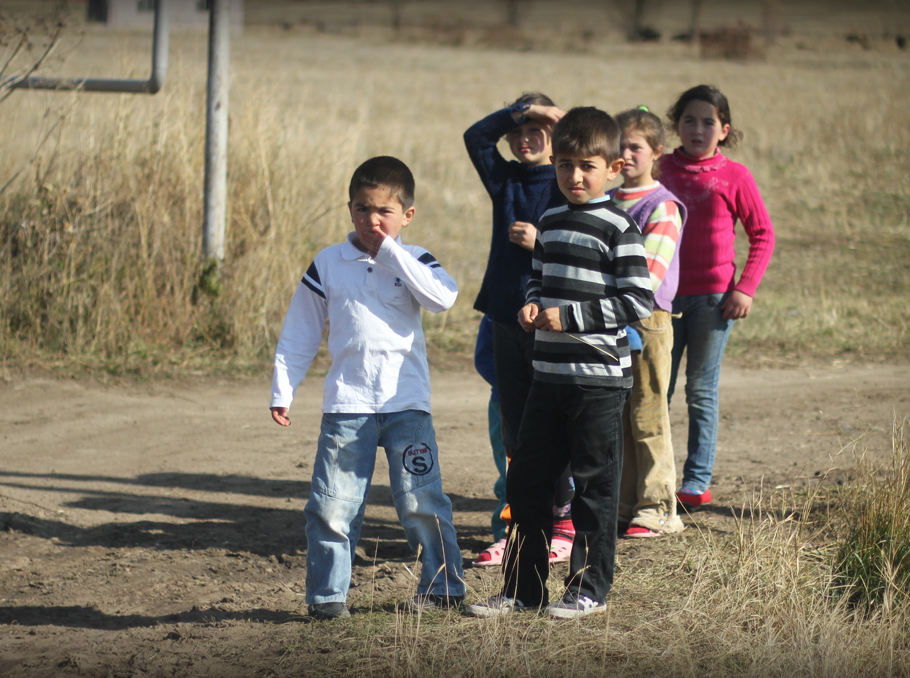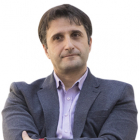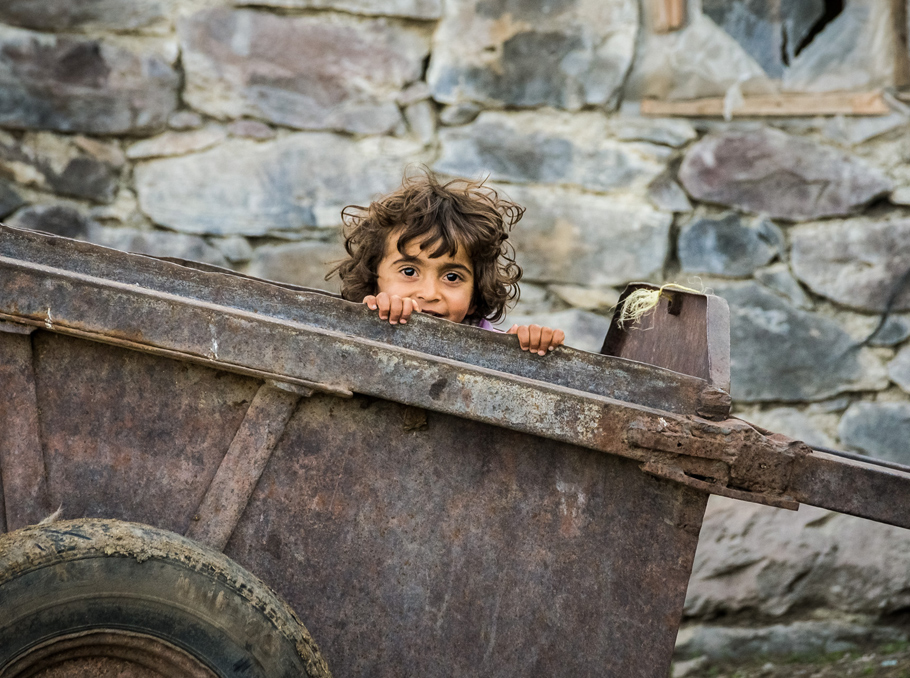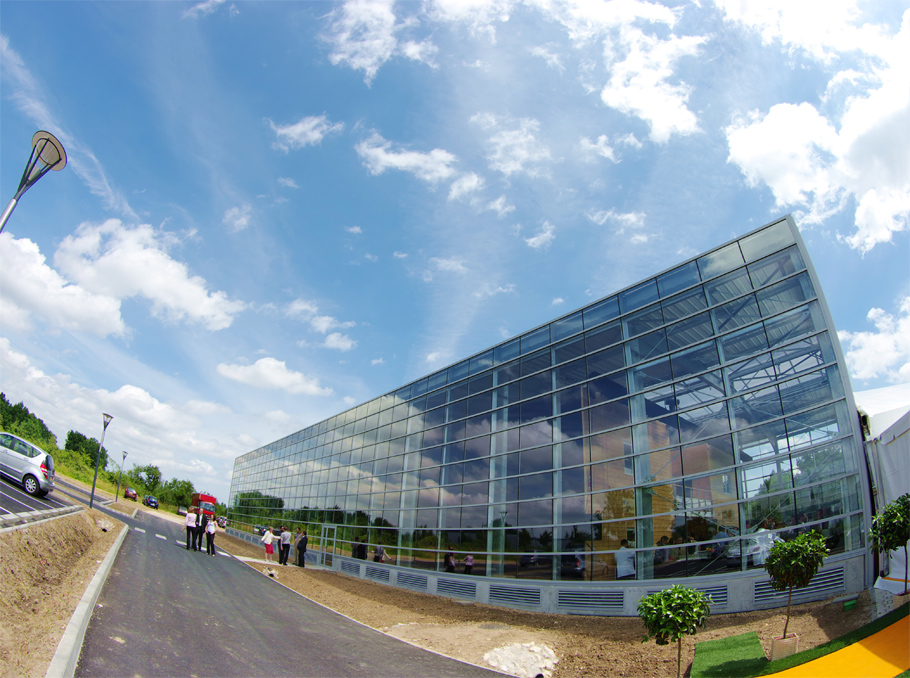The Sustainable Development Goals (SDGs) came into force on January 1, 2016. One of the most important goals for Armenia is poverty reduction. The UN supports Armenia in poverty reduction in several directions.
Poverty is a comprehensive and multidimensional phenomenon. While material poverty, expressed in monetary terms, is the inability to ensure an acceptable minimum of quality of life, non-material poverty is a broader concept, which includes undignified living, poor health, low level of education, social isolation, lack of possibility to exercise rights, lack of response to the voices of the poor, unprotected dignity, etc.
Poverty in Armenia
Hripsime Manukyan, who holds a PhD in Economics and works as an Economist/Social Development Specialist at UNDP “Integrated Support to Rural Development: Building Resilient Communities” project, recalls Adam Smith’s idea on poverty being the inability to connect with others.
“In other words, it is the inability to interact with people without feeling ashamed,” Hripsime Manukyan said.
The National Statistical Service of Armenia calculates poverty in Armenia through an overall evaluation of life conditions in households. International experience suggests that cost/income ratio contains more precise information on the level of welfare, which explains the use of an aggregated consumption index in the evaluation.
By standard of living, the population of Armenia is divided into poor and non-poor households. The poor (consumption per one adult family member are lower that the established upper poverty line of AMD 40 264 per month) include the very poor (consumption are lower than the established bottom line of AMD 33 101 per month), and the latter group also includes the extremely poor (expenses per one adult family member are lower than the food poverty line of AMD 23 384 per month).
In 2014, 30 percent of the population - around 900 000 people - were poor, almost 330 000 out of which were very poor, including the extremely poor (nearly 70 000 people). Three out of 10 citizens were below the upper poverty line, although the level of poverty decreased in 2014 by 2 percent compared to that of in 2013.
More efficient interventions in poverty reduction
Hripsime Manukyan noted that “economic development” is a broader concept than “economic growth”. Development includes not only growth, but also such changes in distribution, redistribution and structure, which imply improvement of living standards .
“It is evident that these two concepts are intertwined. Without sustainable economic growth, continuous reforms in boosting the human and economic potential of the country would be impossible. However, we should take into account that there are exceptions, when economic growth does not lead to economic development due to “special” distribution of income and non-inclusive nature of economic growth. Economic profit is important, but the process of achieving this result and redistribution are more important,” said the expert.

Photo: Viktorija Eksta
According to the expert, it is necessary to pursue such an economic policy that focuses on the real sources of economic growth, i.e. investments in physical capital (equipment) and human capital (knowledge and skills), technological progress (upgrading and innovation, discovery of new energy sources, cost reduction, and others), and efficient economic management (improvement of economic management).
A new project focusing on increasing community resilience was launched in the bordering communities of Tavush marz in Armenia, financed by the Russian Government and implemented by UNDP. The project aims to ensure equal advancement of Armenian marzes through social and economic development, as well as to increase the level of income and quality of life in the bordering communities of Tavush marz.
“The “integrated” approach of the project is multidimensional; it both includes the basics of sustainable development regarding social, economic and environmental issues, and introduces the approach on national, marz and community levels. One of the main goals of the project is increasing resilience of local population towards social, economic and natural risks, as well as increasing income level and quality of life for rural population in the bordering communities,” said Hripsime Manukyan.

Photo: Asian Development Bank
Another important element of the project is integrated development planning for communities through a participatory methodology (community members participate in priority setting and decision making).
The project will seek to establish at least 90 energy and water-saving greenhouses, three inter-communal collection and refrigeration points of agricultural crops, four inter-communal collection points of agricultural equipment, support for at least 30 small-scale modern workshops, creation or rejuvenation of 120ha of fruit gardens, restoration of infrastructure in at least 10 communities, as well as restoration of drinking and irrigation water supply lines in at least six communities.
The participants will be required to provide at least 20 percent co-financing, which will increase the sense of ownership and ensure sustainability of interventions.
Child poverty in Armenia
Lusine Yeremyan, Monitoring and Evaluation, Child Rights Systems Monitoring Specialist at the United Nations Children’s Fund (UNICEF) in Armenia, noted that a multidimensional approach should be used in evaluation of child poverty.
“This approach is essential in defining especially vulnerable and isolated groups, and focus implementation of the strategy on the poorest groups of the society, depending on their geographical and social peculiarities. Not only does poverty negatively affect children while they live in poor conditions, but it often has long-term consequences. Sustainable Development Goals (SDGs) recently stated the important role of multi-dimensional evaluation of poverty, as well as the fact that poverty can have varying impact on different groups of society. In this context, a multidimensional indicator of child poverty is necessary in controlling the progress of Sustainable Development Goals,” said the expert.
UNICEF recently implemented the National Multiple Overlapping Deprivation Analysis (N-MODA), which is based on an innovative methodology. It relies on the global framework of children’s rights to build measurements of children’s well-being in survival, development, protection and participation. The analysis will help identify and monitor children living in multidimensional poverty, and reduce the number of such children.
Along with material poverty, the analysis reviews the following measurements of poverty: nourishment, early education and care, education, recreation, social relationships, clothing, information, housing amenities.
According to the analysis, while one in three children is poor in Armenia, one in two suffers from multidimensional poverty. The majority of children are deprived of public facilities (insufficient water supply and heating), housing amenities (overcrowding, bad conditions) and recreational opportunities (lack of recreational equipment and playgrounds).
According to Lusine Yeremyan, the connection between expenses and poverty is not linear. A strategy that promotes monetary competence can help, but will not bridge all the gaps.

“One third of children in Armenia are deprived, but not poor (36 percent). These children are in need of immediate interventions and can fall out of policies targeting only material poverty. Policies should be holistic and formed by two complementary measurements of poverty – multidimensional and material,” she said.
According to the UNICEF expert, another important finding is that almost half of children aged 6 to 14 are deprived of social relationships, so there is a threat of social isolation, and children aged 15 to 17 are the most vulnerable due to being deprived of recreation.
82 percent of children in rural areas are deprived, while the same index is only 53 percent for children living in urban communities. This abrupt gap between rural and urban communities lies in poor living conditions and availability of information.
“It requires great efforts to develop relations between children and the public and define the dynamics of those relations, guaranteeing equal rights for all children to be healthy, well-nourished, and involved in the community, and the right to enjoy the social base for self-respect,” said Lusine Yeremyan.
Marie Taryan





























Comments
Dear visitors, You can place your opinion on the material using your Facebook account. Please, be polite and follow our simple rules: you are not allowed to make off - topic comments, place advertisements, use abusive and filthy language. The editorial staff reserves the right to moderate and delete comments in case of breach of the rules.